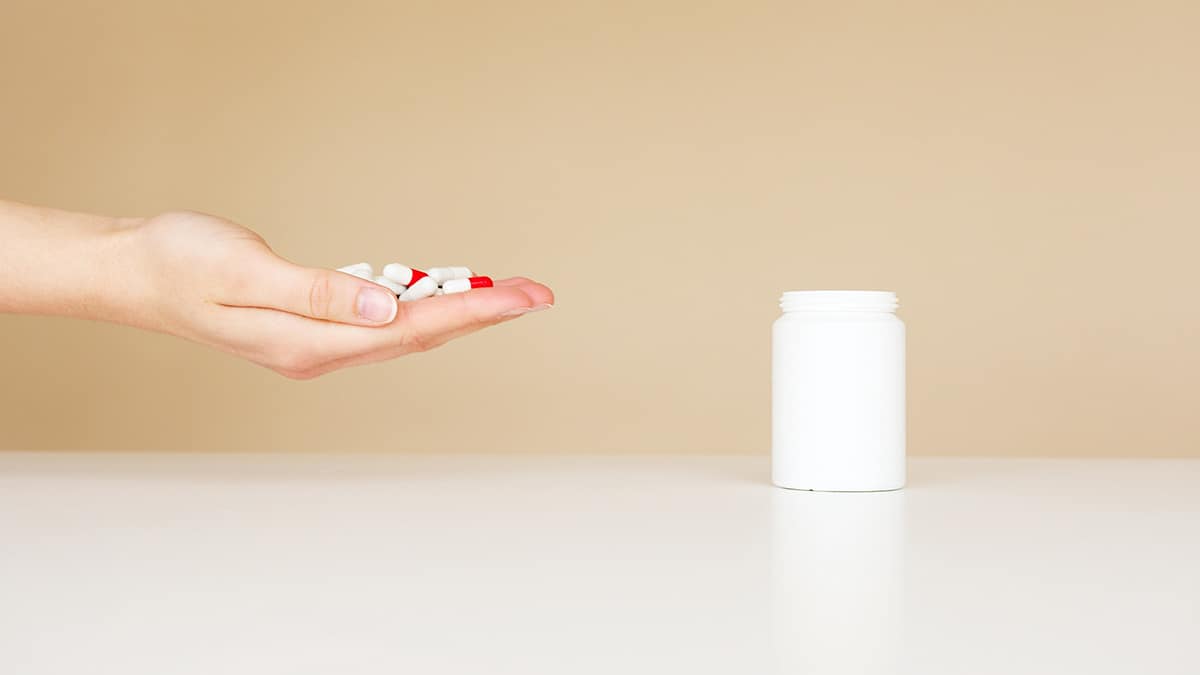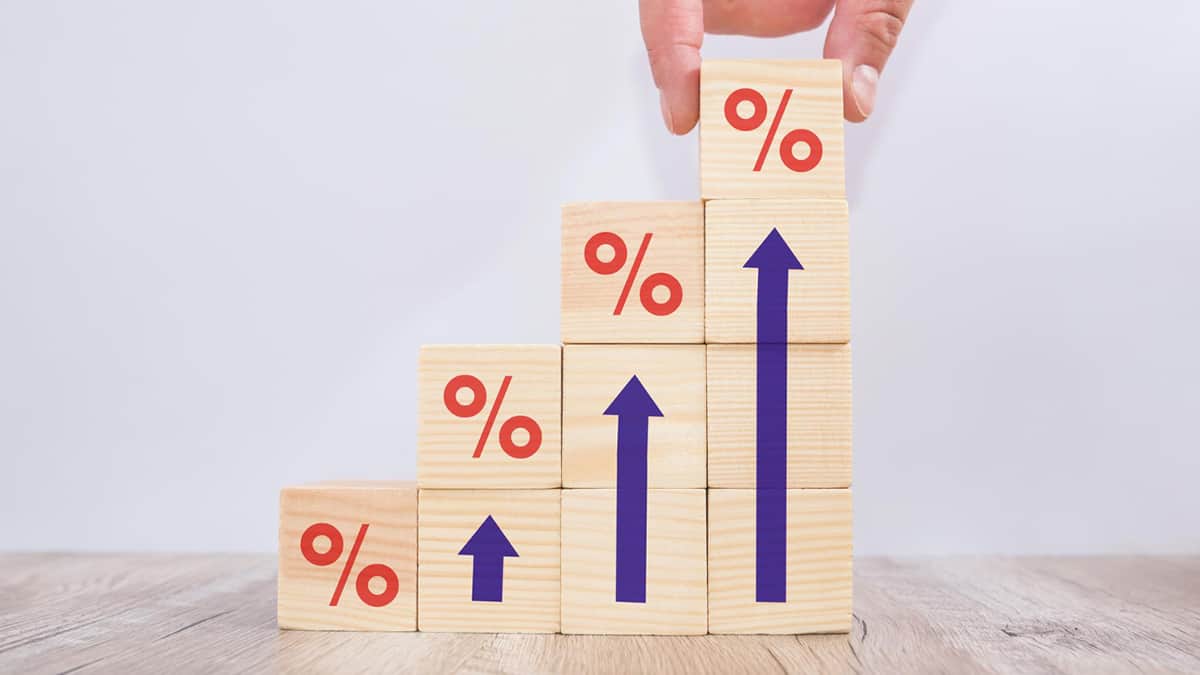Prescription Drug Prices in 2022: What We Can Expect Moving Forward
high drug prices

Prescription drug prices are a concern shared by many Americans. Prices have been increasing for decades with seemingly no end in sight.
Back in the 1990s, the U.S. began separating from the pack in terms of overall prescription drug spending. While there are many factors at play, one of them is undoubtedly the higher price Americans pay in comparison to … well, pretty much everyone else.
In many cases, Canadian drug prices are about half of what they are in the U.S., although we’ve had customers tell us they’ve saved far more than 50% and as much as 95%.
Senior citizens are oftentimes hit the hardest by expensive medications, as they’re more likely to need prescription drugs. Drugs approved to treat hypertension, high cholesterol, and diabetes are among the most common prescriptions for older Americans.
Prescription drug pricing is a complex topic with many contributing factors, but one influence (or lack, thereof) in particular sets the U.S. apart from its peers. The U.S. government has thus far chosen to take a hands-off approach with the regulation of drug prices.
With all the discussion of new bills in the Biden administration and continuing economic concerns, it begs the question: Where do we go from here? What will happen with prescription drug prices moving forward?
And will they ever go down?
What is Happening with Prescription Drug Prices in 2022?
If history tells us anything, it’s that prescription drug prices will not only increase in 2022, but also in 2023, just like they have been doing for many years now.
Some years are worse than others, but some experts estimated that the average increase in 2022 would be about 3%. Increases always vary based on the type of drug, and of course specialty drugs are always a different case. Experts estimated their increase at closer to 5%.
But when the new year turned, prescription drug prices were up about 5-6%.
So what is going on? Why are the forecasts low?

Contributing Factors to 2022 Drug Prices
Adding to the regular contributing factors always in play are the unprecedented times we’re living in. Let’s get into why this matters for prescription drug prices.
The “Everything” Shortage
The supply chain suffered initial setbacks during the lockdowns of 2020. Basically, every product you can imagine is in shorter supply because of slowdowns in every single step of the manufacturing process.
Factories in every industry were shut down, which meant fewer goods could be produced. Even upon re-opening, extra measures were taken to ensure safety. In many cases, that meant fewer people working during shifts, which meant fewer goods being produced.
Amplifying the supply shortage is the labor shortage. For a wide variety of reasons (Baby Boomers retiring, some parents needing to stay home to facilitate virtual learning, daycare shortages, etc), many industries are experiencing staffing shortages.
Of course, staffing shortages mean that — even though manufacturers are back to (relatively) normal levels of production — the products aren’t necessarily on the shelves. This starts at backed-up shipping ports and ends in retail stores, where there are plenty of empty shelves.
Having a supply shortage leads to another major contributing factor to drug prices, which is the basic principles of economics.
Basic Economics
The basic laws of economics are rooted in supply and demand. The levels of each variable (in addition to competition) affect any item’s price on a consistent basis. You’ve probably witnessed this in real-time as people try to stock up on various supplies, such as toilet paper, thermometers, pulse oximeters, and face coverings.
Without getting into the weeds behind the theory, it’s important to understand that when supplies are short, but demand remains the same (or even increases), the price will go up.
Essentially, the reason is that people will pay for it because they need it. This is particularly poignant when discussing life-saving medication.
Of course, the opposite is also true — that when supply is high, but demand remains the same (or decreases), the price will go down. The reasoning behind this shift is that there will be an excess of inventory, which costs money to store.
The company needs to pay for the physical space in which to keep the merchandise, in addition to anything else is required to properly store the product (i.e. insulin must remain refrigerated). In an effort to divest themselves of inventory, companies will decrease the price in order to increase demand.
There is no nook or cranny of any industry that is exempt from these basic economic principles — including pharmaceuticals.

Pharmaceuticals and the Supply Chain
Regardless of the healthcare system set up in your country of residence, there are supply chain shortages for medications in essentially every category. The problem stems directly from the manufacturers, which stems from the source materials.
This trickles down through the entire supply chain and causes prices to increase. If ingredients that are needed to make the medication increase in price, the overall price of the medication will go up — after all, it’s unlikely that a for-profit company will eat that extra cost of materials.
American insurance companies are even less likely to pick up the extra cost. Instead, they’ll pass it along to the consumer by decreasing the amount they’ll cover for the medication, by moving it into a higher tier, or by removing it from the formulary altogether.
The Whims of Pharmaceutical Companies — And Insurance Companies
January is a time when many prescription drug prices increase because of two major reasons:
- Pharmaceutical companies are settings prices for the new year, and
- Insurance companies have renegotiated deals with pharmaceutical companies and providers.
While these negotiations and price discussions will have happened during the latter half of previous year, any changes made wouldn’t have gone into effect until January when new insurance plans begin.
Regardless of economic events or extenuating circumstances, prices often increase annually. Each year, insurance companies increase their rates based upon the previous years’ claims plus any anticipated issues in the upcoming year.
For example, homeowners insurance rates typically increase in years following major weather events, such as hurricanes, tornadoes, or violent thunderstorms. This is often the case with car insurance providers as well, since automobiles are often damaged during these storms.
Health insurance is similar in many ways, but there are far more factors that go into play. It’s not as easy to determine what could happen to the millions of people enrolled in any particular company. (Not to mention the individual health concerns of each of those people.)
As a result, insurance companies tend to play it safe (in their eyes anyway) by increasing rates each year to cover their bases. After all, it’s not as if the cost of healthcare is decreasing. For them, it’s a safe assumption that costs will increase and premiums will help offset those costs.
Shifts in Out-of-Pocket Costs
Not only are you likely to notice your premiums increasing, but your out-of-pocket costs are also likely to increase. As discussed earlier in this article, the drug prices are increasing steadily (sometimes shockingly). Within that increase comes shifts in formularies.
As we touched on earlier, insurance companies sometimes control their costs by adjusting the percentage of services they cover. For example, let’s say you take Advair twice daily and your insurance company considers it a Tier 2 drug, for which they agree to pay 80% of the cost.
But if the company was interested in saving money on prescription costs, they may choose to bump it up to a Tier 3 medication and pay a smaller percentage of the cost. (It’s commonplace for new medications — especially if they’re innovative, such as Breo Ellipta — to start off at Tier 3.)
If the price of a medication is far more than they’re willing to pay, they may remove the medication from the formulary altogether, forcing fully covered enrollees to pay the retail price out-of-pocket.
This formulary shift is not a new strategy, by any means. Of course, the people it hurts the most are enrollees.
If out-of-pocket costs increase, people may not be able to afford their medication, so they may try to scale back. Oftentimes, trying to save money on medication turns into various forms of nonadherence, such as skipping doses, taking partial doses, or simply not taking it at all.
Of course, the cost of medication nonadherence is far more expensive than the medication itself, but people may not have a choice.

Inflation
In the final months of 2021, data from the Labor Department indicated that inflation had reached its highest level since the early 1990s.
According to the Consumer Price Index (CPI), inflation jumped to 6.2% in October — the largest increase in three decades. Compared to forecasts, actual inflation increased nearly 0.5% more than expected each month.
While it’s difficult to pinpoint the exact effect of inflation on pharmaceutical prices, we can assume that it doesn’t positively affect the problem. And unfortunately, given the current economic climate and global concerns, it’s unlikely that inflation will be under control any time soon.
The Federal Reserve will certainly be watching the markets closely and possibly making adjustments that they believe will slow the rate of inflation. Typically, this is achieved through interest rates — increasing them should lower inflation, but there are potentially negative consequences to such a decision.
This isn’t meant to become an economics forum, but the important thing to remember is that inflation has an impact on prices across the board. The higher inflation is, the more likely it is that prescription prices will increase as well.
Of course, this issue is even more complicated for senior citizens on Medicare. Between 2018 and 2019, the prices of 22 of the top 25 prescription drugs used by Medicare Part D enrollees increased above the rate of inflation. In the case of one cancer drug, the price increased by 10 times the rate of inflation.
How Canadian Pharmacies Can Help You Save on Your Prescription Drugs
Perhaps one of the best-kept secrets among Americans — that isn’t really a secret at all — is the money you can save on prescription drugs through online Canadian pharmacies.
If you’re sick of trying to save money using pharmaceutical manufacturer’s coupons — or if they’re simply not helpful for you at all — it might be time to try an Canadian online pharmacy. And why not start with the highest independently rated online pharmacy in the world, NorthWestPharmacy.com.
Our customers are consistently satisfied and grateful for the ability to find their medications at a more affordable price. Most of them are repeat customers. Don’t take our word for it though — you can read their words for yourself here.
Unrivalled Customer Service
If you’ve never ordered from an online Canadian pharmacy before, you may be a bit anxious about doing so for the first time — and that’s perfectly understandable.
To help mitigate some of the concern, our customer service department is open seven days a week and is available by phone or email. Our knowledgeable representatives can help you place an order, answer any questions you have, or transfer you to a pharmacist.
Customer service is very important to us, which is why we’re proud to maintain an overall 4.8/5 star rating based on more than 475,000 independent reviews from verified customers.
And if your concern is about safety, you can trust us on that as well. We adhere to the stringent standards of the Canadian International Pharmacy Association (CIPA) and the International Pharmacy Association of British Columbia (IPABC). These standards not only ensure patient safety, but prescription accuracy.
Whether you’re looking for prescription drugs, over-the-counter medications, or pet meds, you’re almost sure to find them at NorthWestPharmacy.com. (We do not sell controlled substances for legal reasons or insulin due to the refrigeration requirements.)
When you’re ready to order your prescription(s), go ahead and give us a call at 1-866-539-5330 or contact us online. We look forward to helping you save money!